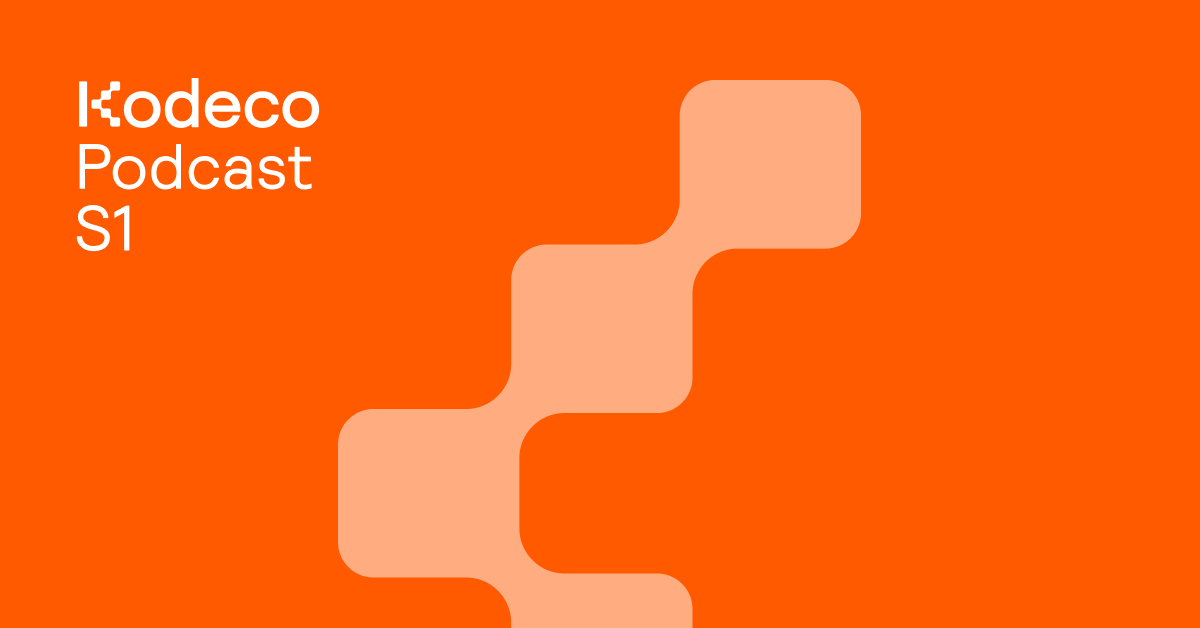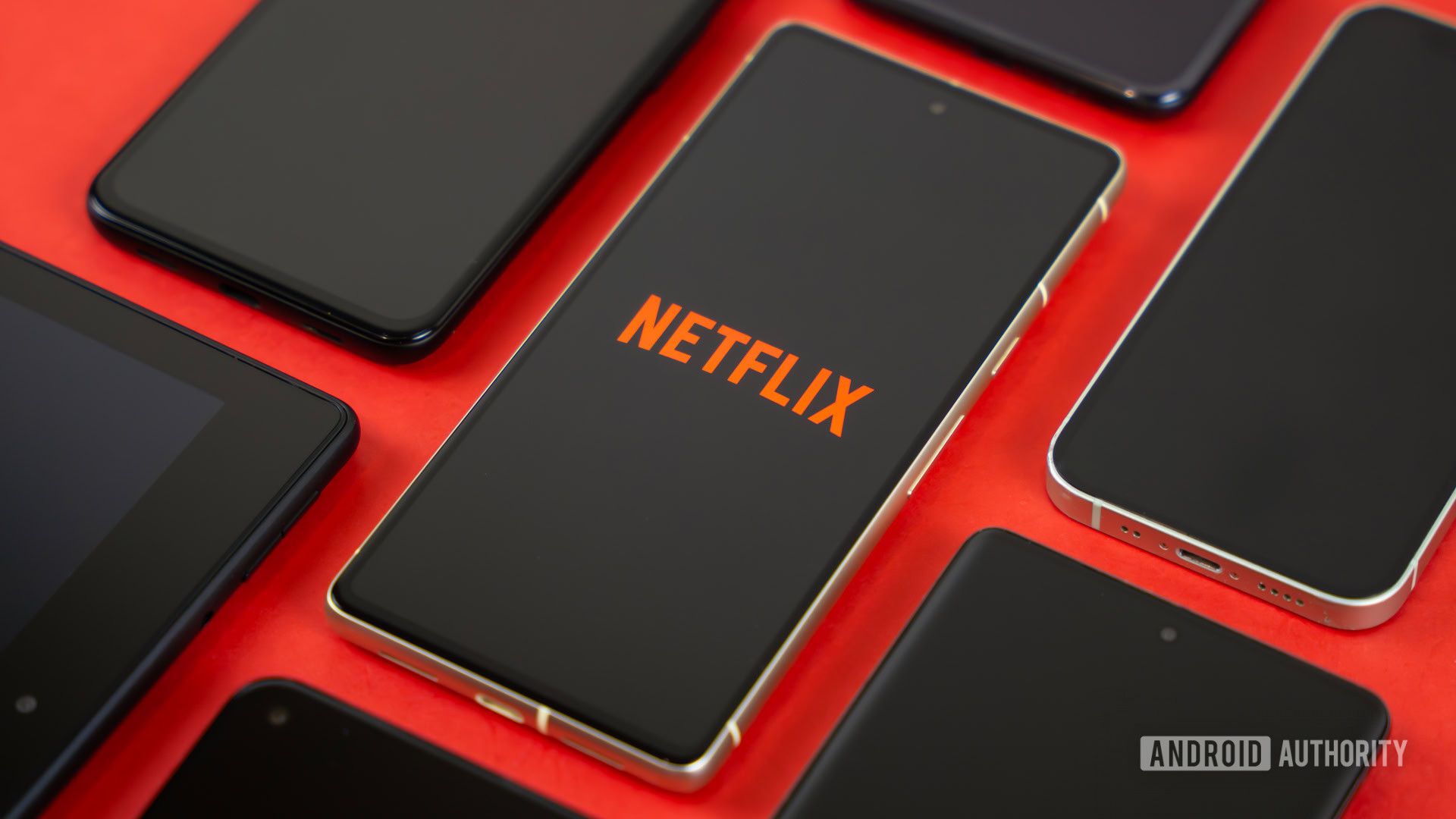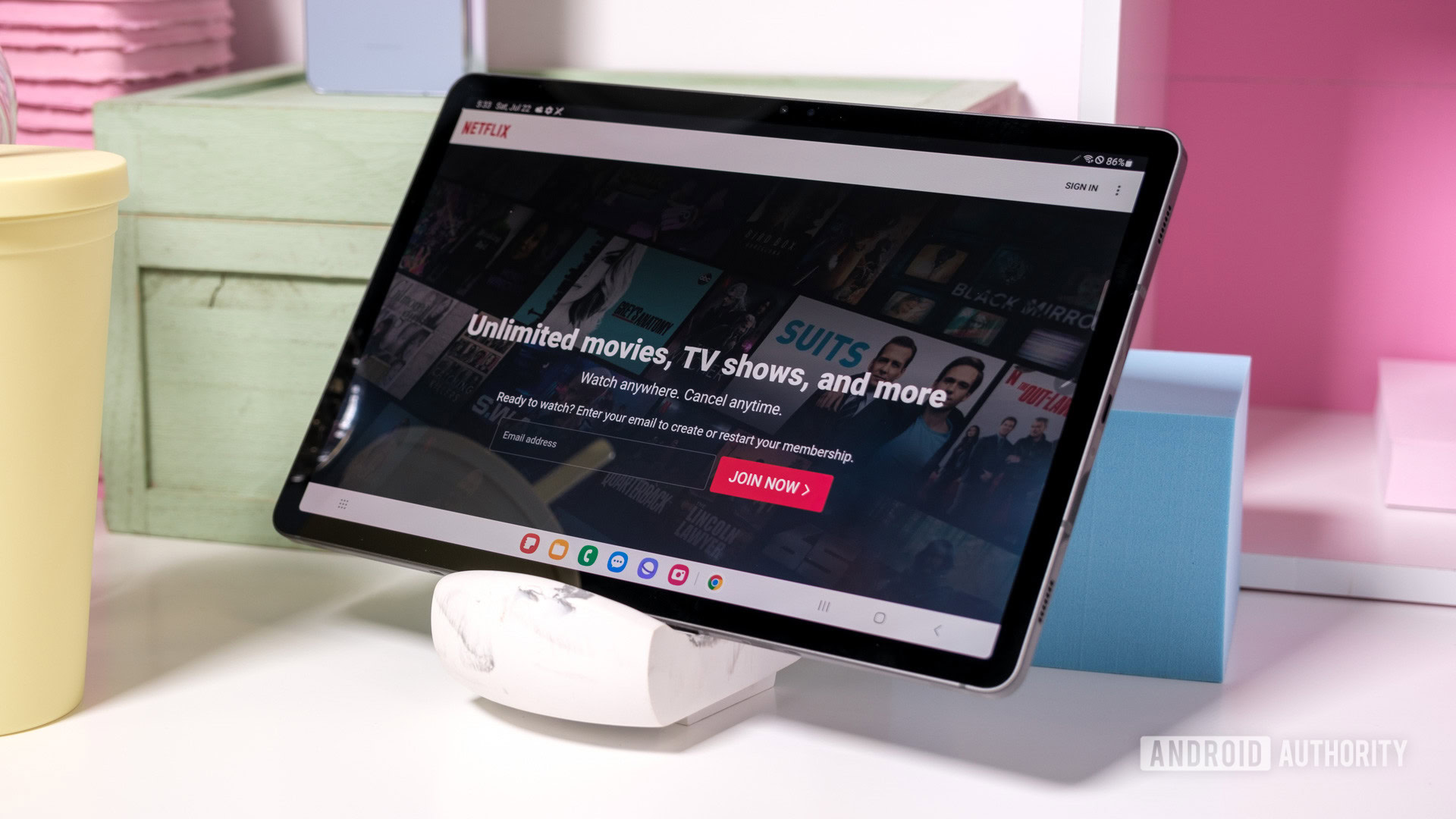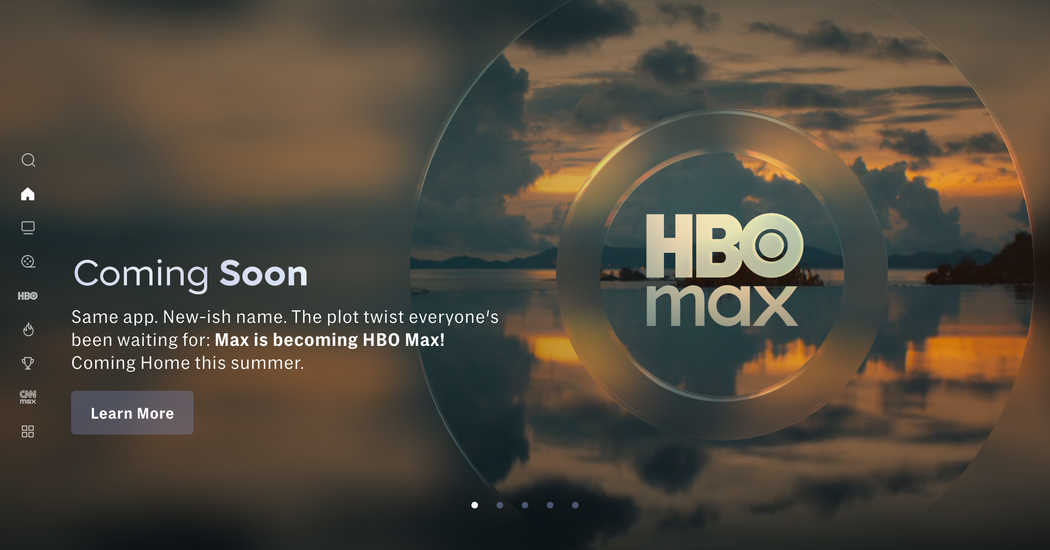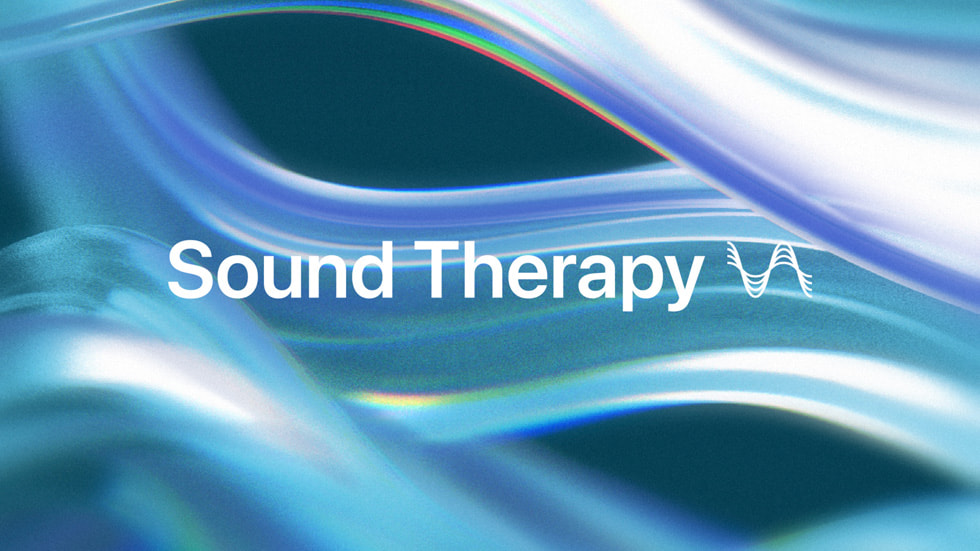Opinions expressed by Entrepreneur contributors are their own.
On a busy Saturday afternoon in Mountain View, California, the line at Alexander’s Patisserie — a pastry shop known for its precision and innovation — can stretch out the door. Customers eye a display case of delicacies, from black sesame croissants to more than 20 flavors of macarons. It’s easy to assume the appeal is in the presentation, but beneath the patisserie’s viral popularity is an authentic story: one of team leadership, craftsmanship and a dedication to continuous improvement.
Central to this story is Shuyao Cao, better known as Chef Shu. As the pastry chef behind the Alexander’s menu, she leads with creativity and intention, uniting the business with a collaborative spirit.
Related: Want to Work With Influencers? Here’s What Small Business Owners Need to Know.
“I feel like our whole team, everyone has their own talents,” Cao says. “Each one of them is unique, and I take the string from them, and then I put it together. I can’t come up with [the brunch menu] all by myself.”
The team dynamic is evident from the moment customers walk in the door. Whether staff are managing a packed tea service or catching up with regulars, the atmosphere is warm and welcoming. David Brungard, vice president of operations for Alexander’s Group Corporate, says Cao’s leadership has helped make this work environment possible.
“[Chef Shu] earned every single person’s respect, including the dishwasher, because she does everything,” Brungard says. “She cleans the walk-in, makes the croissants, comes up with ideas and walks around to taste stuff. She makes family meals for our employees so that when they come to work, [they don’t have to eat pastries all day].”
According to Brungard, Cao’s hands-on leadership style has fostered a workplace culture built on trust and appreciation: “The level of quality in your life depends a lot on how you feel when you are at work, and [Chef Shu] knows how to make everyone in our team feel valued,” he says.
Related: 5 Secrets to Success From a Sustainable Business That’s Grown 95% in 3 Years
One of the patisserie’s most talked-about menu items — the famous flat croissant — wasn’t even for customers at first. “I wanted to try it because it went viral in my Asian area,” Cao says. “I wanted to taste it myself, so I made one at the patisserie, and the front and the back of the house really enjoyed it. So I said, ‘Let’s put it on the menu.’”
Since then, Cao’s flat croissants have become a fan favorite, driving traffic in-person and on social media. But trending pastries are only responsible for a portion of the patisserie’s success. What keeps Alexander’s relevant is its commitment to adaptation through customer feedback.
“ We see how customers react and how much we sell every day,” Cao says. “We see how people react on the internet, too. I read every review the customer leaves me, and I mean it. I take opinions, and then I let the whole team taste it. Even [Brungard], when he comes, I pull him.”
For Brungard, reviews function as both valuable feedback and a celebration of the team’s efforts: “When they mention an employee by name in a raving review, it makes me super happy because they deserve the credit,” he says. “I love it when the public recognizes their hard work. And then when they don’t, I take it on. That’s what I’m here for.”
Part of Alexander’s staying power comes from thoughtful sourcing that spares no expense for quality. “We use chocolate imported from France… the best chocolate in the world,” Cao says. “We make sure we use an AOP butter for our croissant. AOP butter is super expensive, and only one region of France makes it.”
And when specialty ingredients aren’t available through traditional vendors, Cao gets creative. “Sometimes I find matcha powder [or] the best sesame paste brand in the supermarket or the Chinese grocery store,” she says. “I can pick out different stuff for myself and then ask my sales guy if he can find me a bulk item.”
Related: How This North Carolina Lawn Care Company Earns Customer Loyalty
From recipe tasting to fixing kitchen equipment, Cao and Brungard run operations like clockwork, but always with heart. “Part of our meeting is to talk about new products, reviews, what’s broken in the kitchen,” Brungard says. “How can I fix it? How can I give you what you need to be successful?”
This behind-the-scenes support reinforces a company-wide policy: Take care of the team, and they’ll take care of the guest.
Ultimately, Alexander’s success comes from the patisserie staying true to its values. Thoughtful leadership and room for experimentation allow the team to chase their passions, resulting in a sweeter experience for the guests. “When you put love into something, it reverberates into the world,” Brungard says.
Consider Alexander’s Patisserie’s guiding principles for creating a thoughtful experience for both customers and staff:
- Lead from within. Respect is earned. Set the tone by working alongside the team and staying hands-on in the operation.
- Innovate with intention. Let curiosity, creativity and customer feedback drive your menu changes, rather than trends alone.
- Feedback helps you pivot and grow. Read and discuss every review to identify areas for refinement and improvement.
- Quality begins with sourcing. Whether it’s imported French butter or the perfect sesame paste, sourcing should be deliberate and can help your business align with its (and customers’) values.
- Culture is the secret ingredient. A welcoming team translates into a positive guest interaction. When your team feels supported, the entire operation succeeds.
Related: She Runs a James Beard Award-Nominated Restaurant. Here’s Her 2-Step Process for Hiring the Best Employees.
Listen to the episode below to hear directly from Cao and Brungard, and subscribe to Behind the Review for more from new business owners and reviewers every Thursday.
Editorial contributions by Alex Miranda and Kristi Lindahl
This article is part of our ongoing America’s Favorite Mom & Pop Shops™ series highlighting family-owned and operated businesses

